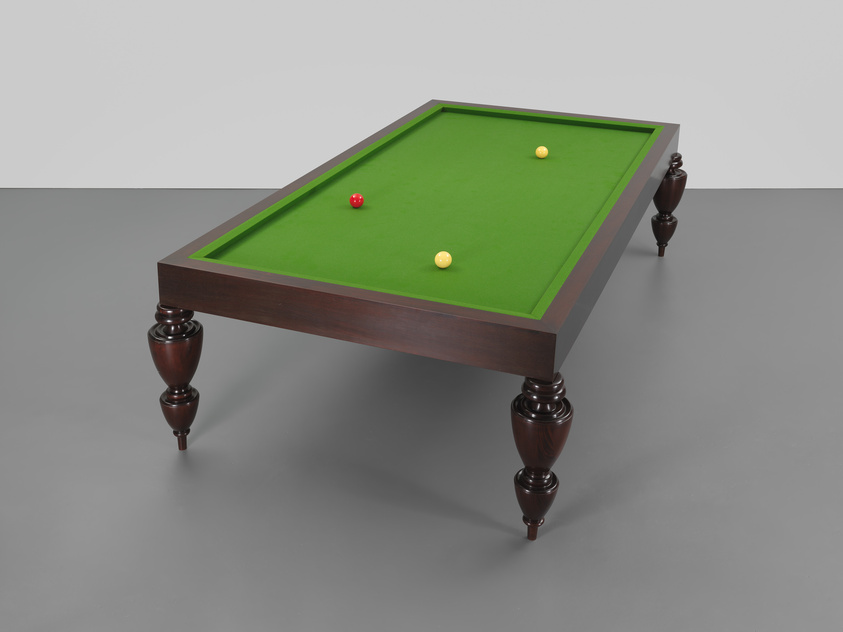0:00
Sherrie Levine, Melt Down paintings, 1990
0:00
Narrator: To make each Melt Down painting, Levine began with a single image by an earlier artist—here Piet Mondrian, Ernst Kirchner, and Claude Monet. She analyzed them digitally, determining the average hue of all the picture’s combined colors. Working in traditional, richly textured materials—oil paint and a mahogany panel—she then made a painting using each “melted down” color. The results obliterate the originals—we can’t even guess which Mondrian or Monet she’s used—but they also present them in a pure, sensuous form. Thomas Crow.
Thomas Crow: There is this inhibition, which has been enforced upon artists I think mostly by critics and by museum practice, that everything has to be a novelty, unless things are quoted with heavy‑handed irony. That's OK.
But Sherrie Levine doesn't quote with heavy‑handed irony. She quotes, in fact, with great sincerity, in my mind. And one of the things she's saying by these acts of quotation is that the innovations of earlier artists need not be just put on the shelf, sent to a kind of mausoleum in a museum because the original inventor has moved on, or has died and is no longer in a position to employ his or her own discoveries.
Those discoveries may not be exhausted. They probably are not exhausted. The better they are, the more likely it is that they should have a long life. And it is up to younger artists coming along to give them that life, to find out what more is there. What can we still find in those original moments of discovery and innovation?
I think it's very much a misconception that they have to be strictly autobiographical and in anybody else's hands, they lose their validity. It's like saying, you know, a wonderful chord progression in music can only be used by the composer who first thought it up.
But in the visual arts, we've somehow been instructed that you can't use these innovations. That blockage usually results in the innovations carrying on in other spheres, like graphic design, for example, which very eagerly continues to use these ideas and devices that come from avant‑garde art.
But artists have really just been needlessly inhibiting their range of reference and Sherrie Levine has broken through that.
